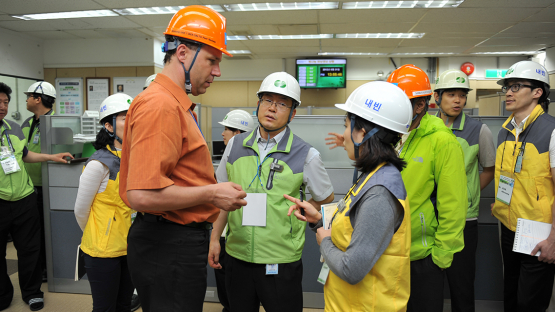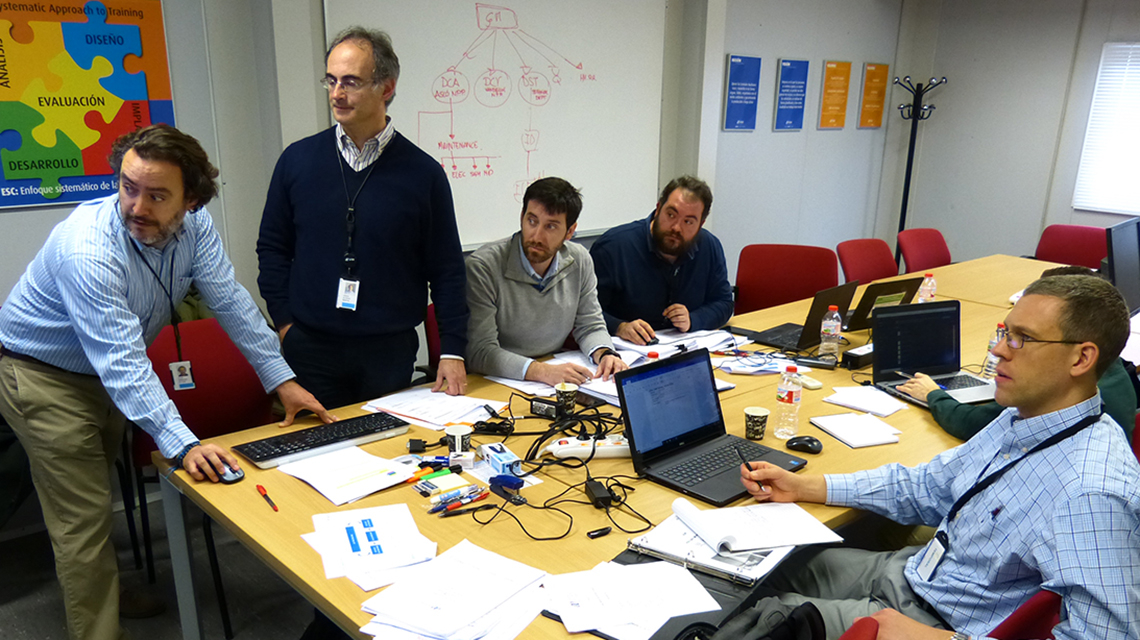An increasing number of countries are looking into the long-term operation of their nuclear power plants – extending their lifetime beyond what they had originally been designed for three or four decades ago. To support operators and regulators in the safe extension of the useful life of power plants, the IAEA offers a safety review service known as SALTO — Safety Aspects of Long Term Operation. With two thirds of nuclear power reactors in the world over 30 years of age, it is one of the most frequently requested review services of the IAEA.
SALTO, launched in 2005, consists of workshops and SALTO review missions complemented with support missions at nuclear power plants in preparation for the review. The evaluation of programmes and performance is made on the basis of the IAEA’s Safety Standards and other guidance documents. Ultimately, executive summaries of all SALTO missions are made available via the IAEA’s website.





